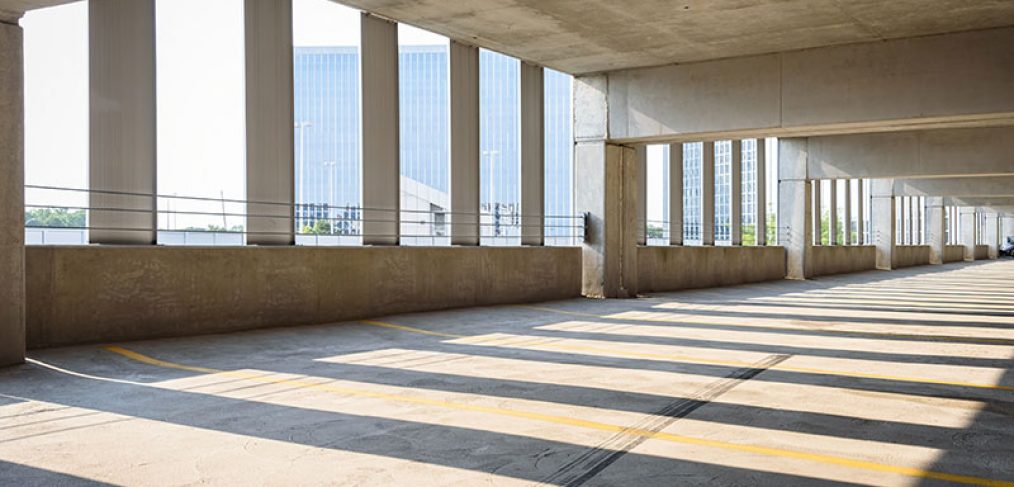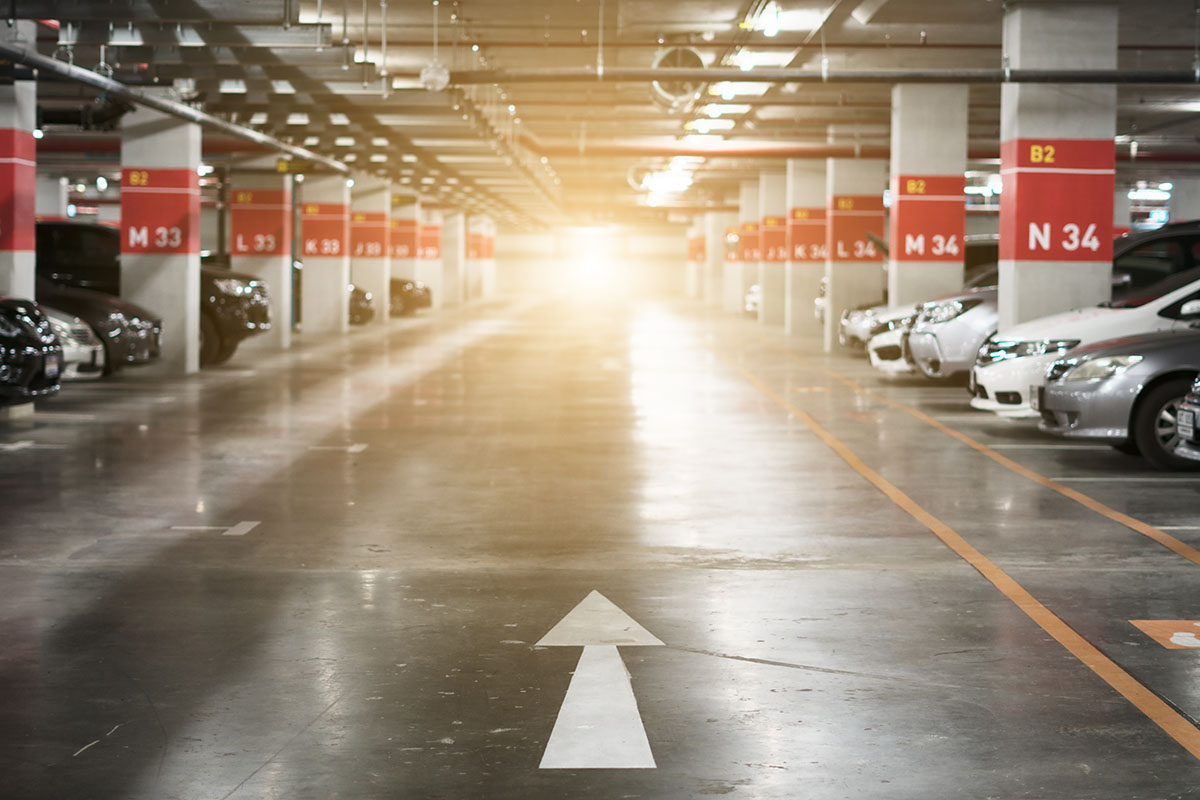
They Promised Us Jet Packs
Up until very recently, almost every meeting I’ve had about a new project would find its way to a discussion about autonomous vehicles (AV) and how we can now reduce the parking requirement and create more leasable area or greater density. In fact, let’s ditch parking altogether, no one will need a below-grade garage or a structured deck in the brave new world we’re all entering. You know the one: Driverless, programmable pods. Robots. Personal heli-taxis. And, of course, jet packs.
Spoiler alert: We’re still designing garages, parking spaces and, yes, roads. And probably will be for some time.
While I admit to being among the first to jump on the AV bandwagon, eager for the environmental, financial and cultural benefits the new technology will no doubt heap upon us, that Utopia remains a distant shore in a wide sea of possibility. Sure, there have been plenty of successes, Beta tests and positive news, but the harsh reality is that we still design much of our built environment around the primacy of the automobile and its current requirements, however challenging they may be.
This is not for want of trying. Or dreaming.
Consider the noble efforts of Waymo, the Alphabet subsidiary widely seen as the AV industry leader, and its driverless-taxi service in Phoenix, land of wide and sun-drenched boulevards. Things haven’t been going exactly as planned, though the company recently contacted its customers to let them know that “completely driverless Waymo cars are on the way.” It’s a sign that Waymo is growing confident enough in its technology to increase the frequency at which it allows passengers to ride in autonomous vehicles without a safety driver behind the wheel. Still, even with Alphabet’s resources, brainpower and cash, only part of the city is covered, and only approved users can take part. A good start, but still behind schedule with a way to go.
Along with Alphabet, virtually every major carmaker is looking at AV—Lexus, BMW and Mercedes, of course, not to mention Tesla and, never one to be left out, Apple, which will likely produce elegant cars that require unique charging protocols and no headphone jacks. But, even with so much investment and interest, safe, reliable and (dare we say, regulated) AV remain elusive. Before our roads are flooded with accident-free, driverless Terraplanes, manufacturers must tackle a range of technical and ethical challenges and combat the biggest threat to autonomous technology: humans.

Turns out it is not easy to simulate a bad driver. Who knew?
But even if we do sort out these challenges—and smart people surely will—what of parking? What does a fully automated (or almost fully automated) world look like from a parking perspective? What would it be like to never have to circle the block looking for an available spot? How many relationships will be saved on this issue alone? And what does all this mean for the built environment, especially large or mixed-use commercial developments that rely on convenient (i.e., fully integrated) parking? I think we all expect that a networked fleet of autonomous vehicles will be in constant circulation, providing on-demand rides. Without the need to park, the whole fleet will be optimized for efficiency. No autonomous car will drive further than is absolutely necessary. And no commercial project will be dragged down because of pernicious parking.
Before any real progress is made, however, money is probably the biggest factor to address—yes, parking is big money—especially considering how much room parking actually takes up. Researchers at UCLA estimated that about 5 percent to 8 percent of urban land is devoted to curb parking. They estimated that the parking coverage—the ratio of parking area to total land area—in downtown Los Angeles and Houston is about 81 percent and 57 percent, respectively.
A 2018 parking study done by the Mortgage Bankers Association found that Seattle’s parking density of 29 parking stalls per acre of land is twice its population density of 13 people per acre. So, more parking than people.
Because driverless cars could park outside urban cores to avoid the higher parking charges downtown, they might significantly alter urban land use. And public coffers. Indeed, many cities gather a substantial amount of money from parking-related activities, with the country’s 25 largest cities, collectively, generating $1.5 billion in total revenue from parking fees and taxes in 2016. In Seattle, for instance, annual revenues from parking meters total about $37m. The city also collects $39m and $21m in annual revenues from commercial parking lot taxes and parking fines, respectively. Lower demand for parking could mean these funds – traditionally used for city operations like education, cultural resources and libraries – will need to be replaced through other sources of revenue.
But even autonomous vehicles will need places to park. And, of course, traditional cars aren’t going to disappear overnight. So we are going to need a type of transitional solution that accommodates the gradual ebb of one type and the eventual flow of the other.
Also, we will need to accommodate the fluctuations of demand, which will change across all dayparts. This, perhaps more than any other factor, will impact the calculus of parking, paid or otherwise. If autonomous vehicles are to serve riders efficiently during peak periods, then a large fleet will be necessary. Unfortunately, those cars aren’t just going to disappear during low-demand periods. If the fleet is constantly circulating during off-hours, AVs are not increasing overall efficiency–they’re just contributing to traffic congestion and consuming energy for no reason.
The point is, this is a fairly complex problem with a number of moving parts, and it has already started to impact the way we design commercial projects and think about development, especially urban and mixed-use development. As Evgeny Klochikhin Ph.D., the CEO of Parkofon, has pointed out, “As we move towards autonomous vehicles, we need parking data from a wide variety of sources. Once we understand how people park, we can help cars park without people.”
Klochikhin is not alone. Working in conjunction with the University of Barcelona, the European Parking Association (EPA) is conducting a study to learn more about parking availability in 21 European countries — covering 41 million parking spaces in total. Harvesting data will go a long way in helping us make the right types of decisions today for development in the future.
Obviously we’re not there yet, but what massive cultural advance has ever come easy? Those of us fortunate to dream for a living will continue to do so, and we’ll continue to push those who resist the inevitable.
